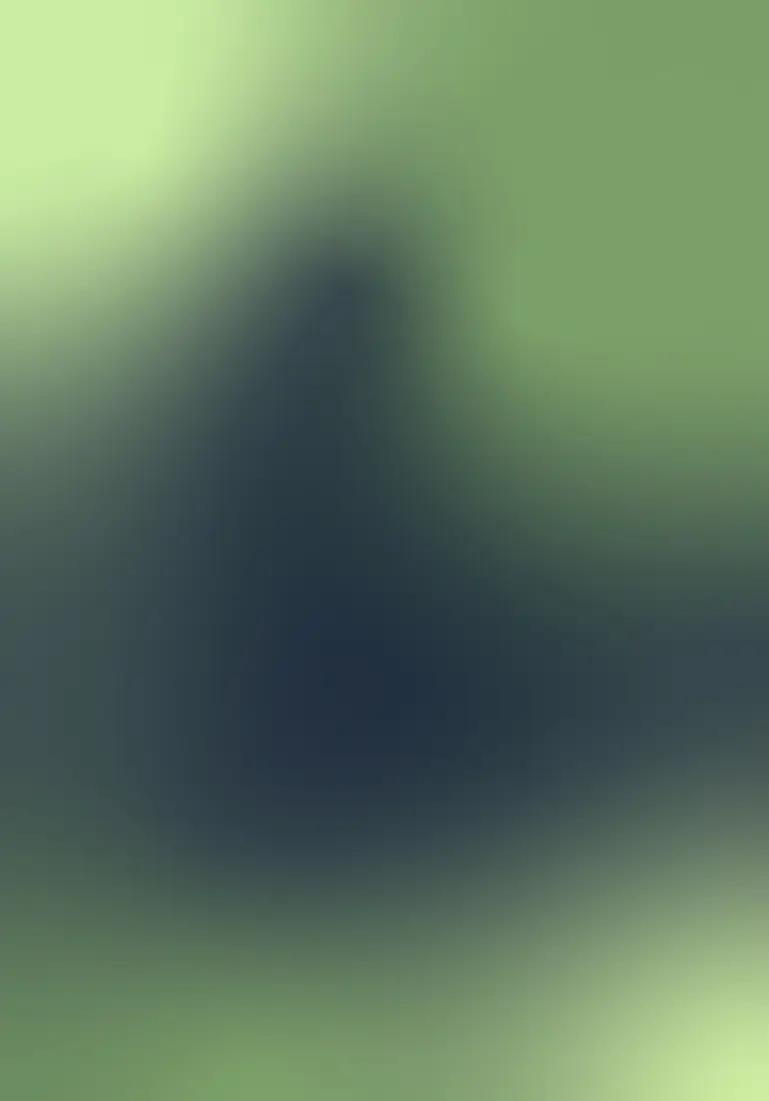






"Laut verkünde unsre Freude" Cantata for soloists, male voice choir and orchestra
sorted in:
Mozart occasionally composed oratorios and cantatas. Only a few of these have a direct connection to Salzburg. The tradition of school dramas with music at the Benedictine University (The Obligation of the First and Foremost Commandment, K. 38) and cantatas for the Holy Sepulchre (K. 42) was already in decline by the 1760s, and especially after the reforms of Hieronymus Colloredo in the 1770s. In Vienna, oratorios were primarily supported by the Society of Musicians and Orphans and by the activities of the so-called Associated Cavaliers, among whom Baron Gottfried van Swieten played a central role. A number of cantatas were composed in Vienna for special Masonic occasions (see work group 31).
Autograph, 1791
W.A. Mozart den 15: Nov. 791/ mpr
Partitur: 18 Bl.
Erstdruck, 1792
Mozart's/ letztes Meisterstück/ eine/ Cantate./ Gegeben/ vor seinem Tode/ im Kreise vertrauter Freunde/ WIEN,/ zu haben bey Joseph Hraschanzky, k. k. Hofbuchdrucker./ 1792.
Partitur: 44 S.; Stimmen
Abschrift, 1790-1800
Cantate/ in 3 Voce/ Del Sig.r Mozart
Partitur: 84 S.
Abschrift, 1800
[Kopftitel?: ] [Von unbekannter Hand:] Chor
Partitur: 13 Bl. (26 beschr. S.)
Abschrift, 1800
Partitur
Erstdruck, 1800
DAS LOB DER FREUNDSHCAFT/ CANTATE für das Klavier oder Pianoforte/ von/ W. A. Mozart./ Bei Breitkopf und Härtel in Leipzig.
Klavierauszug: 24 S.
Erstdruck, 1800
DAS / LOB DER FREUNDSCHAFT/ KANTATE/ von W. A. Mozart. [handschriftliche Zeile:] Componiert im Oktob. 1791/ Partitur. Bei Breitkopf und Härtel in Leipzig./ Pr. 1 Thlr.
Partitur
Abschrift, 1817
No. 19./ Dank–Cantate/ con/ 2. Corni/ flauto/ Oboi/ Violino Pr:/ Violino Secund:/ Viola/ Canto/ Alto, Ten: et Basso/ Fondamento./ dal Sigr./ W. A. Mozartt./ Lauterschall in Jubelchören
Partitur: 15 S.; Stimmen
Frühdruck, 1817
Das/ lob der Freundschaft/ Eine dreystimmige Cantate/ mit Soloparthieen und Chören/ und mit Begleitung von/ 2 Violinen, Alt, Bass, Flöte, 2 Oboen und Horn/ von/ W. A. Mozart/ [...] Bonn und Cöln bey N. Simrock/ 1269
Stimmen
Abschrift, 1828
Das Lob der Freundschaft./ Cantate/ von/ Wolfgang Amadé Mozart./ geschrieben den 15:ten Nov:e 1791
Stimmen